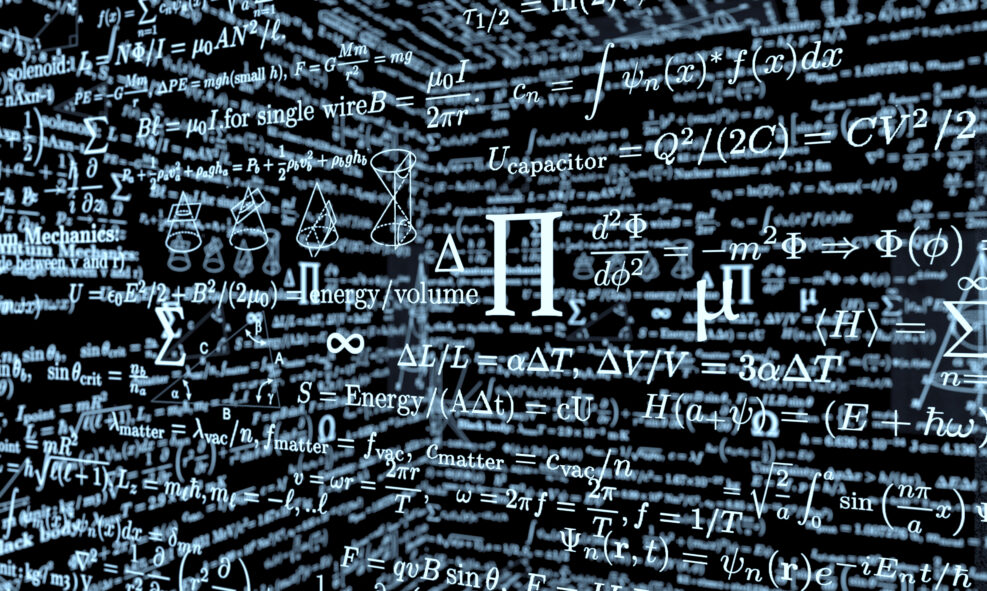
Will the Real “Predatory Journal” Please Stand Up?
Large publishers serve themselves by painting "predatory journals" with a broad brushThe scientific publishing industry has been on a hunt for what it calls “predatory journals.” They want to make sure that all scientific publications occur in “legitimate” and “reputable” journals. Additionally, they encourage scholars to avoid “predatory” journals which are there merely to enrich themselves by having you pay for access. While I agree with these ideas in principle, I’ve noticed more and more that the way that these principles are applied has been, well, incredibly self-serving for the journals. To begin with, let’s look at a commentary on predatory journals published in 2019 in the journal Nature: Predatory journals are a global threat. They accept articles for publication — along with authors’ fees — without performing promised quality checks for issues such Read More ›


















